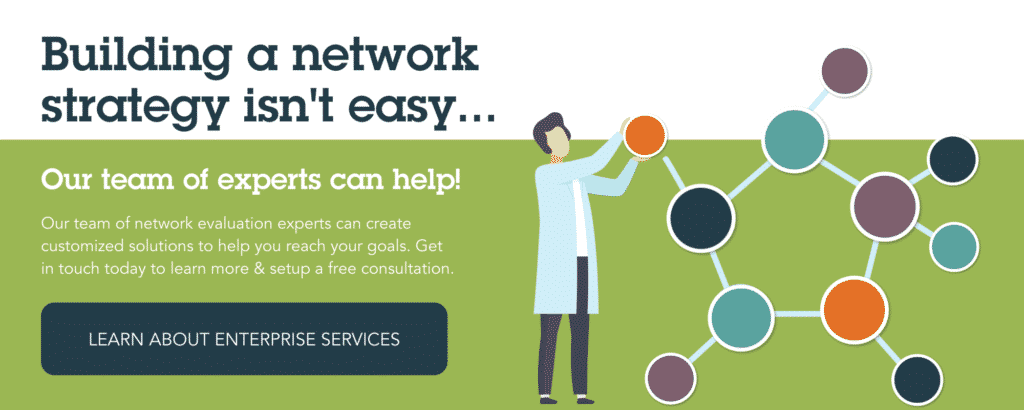Strategies to improve global influenza surveillance: A decision tool for policymakers

Background: Global pandemic influenza preparedness relies heavily on public health surveillance, but it is unclear that current surveillance fully meets pandemic preparedness needs.
Methods: We first developed a conceptual framework to help systematically identify strategies to improve the detection of an early case or cluster of novel human influenza disease during the pre-pandemic period. We then developed a process model (flow diagram) depicting nine major pathways through which a case in the community could be detected and confirmed, and mapped the improvement strategies onto this model. Finally, we developed an interactive decision tool by building quantitative measures of probability and time into each step of the process model and programming it to calculate the net probability and time required for case detection through each detection pathway. Input values for each step can be varied by users to assess the effects of different improvement strategies, alone or in combination. We illustrate application of the tool using hypothetical input data reflecting baseline and 12- month follow-up scenarios, following concurrent implementation of multiple improvement strategies.
Results: We compared outputs from the tool across detection pathways and across time, at baseline and 12-month follow up. The process model and outputs from the tool suggest that traditional efforts to build epidemiology and laboratory capacity are efficient strategies, as are more focused strategies within these, such as targeted laboratory testing; expedited specimen transport; use of technologies to streamline data flow; and improved reporting compliance. Other promising strategies stem from community detection – better harnessing of electronic data mining and establishment of community-based monitoring. Strategies to improve global influenza surveillance.
Conclusion: Our practical tool allows policymakers to use their own realistic baseline values and program projections to assess the relative impact of different interventions to improve the probability and timeliness of detecting early human cases or clusters caused by a novel influenza virus, a possible harbinger of a new pandemic. Policymakers can use results to target investments to improve their surveillance infrastructure. Multi-national planners can also use the tool to help guide directions in surveillance system improvements more globally. Finally, our systematic approach can also be tailored to help improve surveillance for other diseases. Strategies to improve global influenza surveillance.





